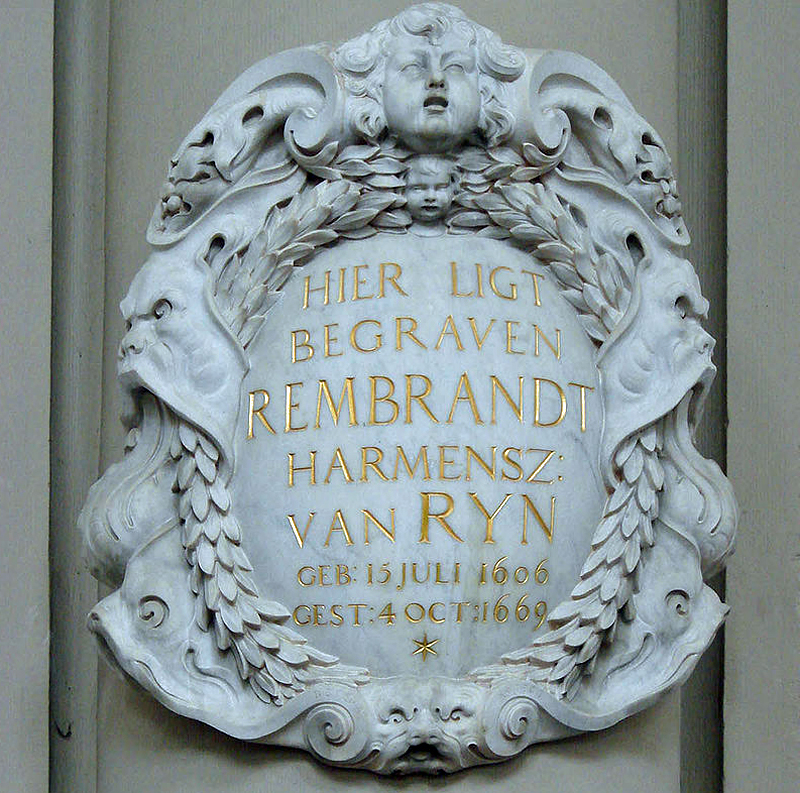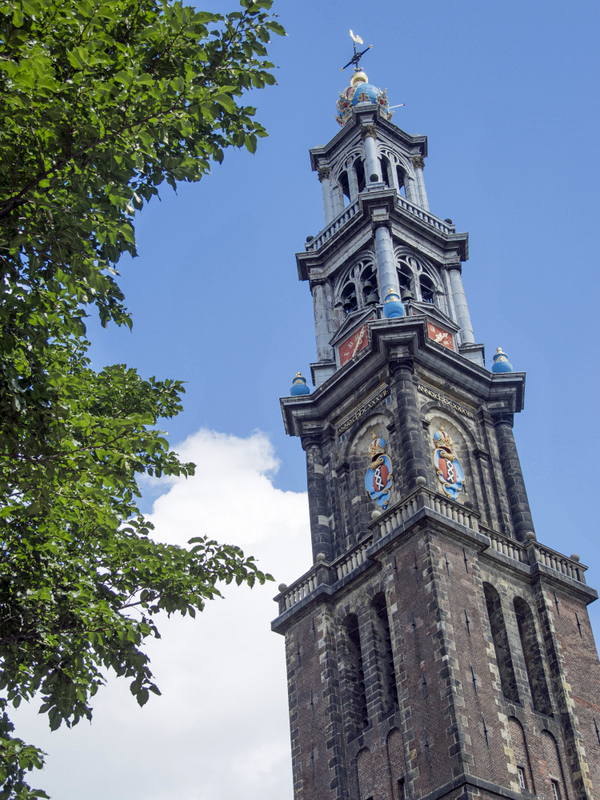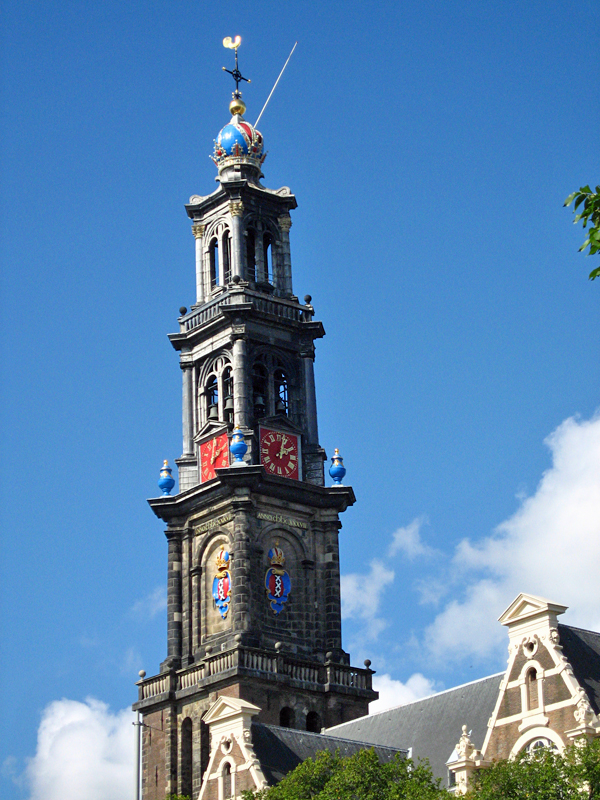Westerkerk and Anne Frank
Westerkerk and Anne Frank are intrinsically connected because she mentions the chimes of Westerkerk in her diary entry of 11 July 1942.
Westerkerk is a relatively young church as it was built in the seventeenth century. The church tower wears the imperial crown and is probably the most beautiful church tower in Amsterdam and certainly the tallest. The interior of Westerkerk is impressively austere and sober, with a floor strewn with gravestones and an organ is famous for its sound. Today, Westerkerk is the main gathering place of the Dutch Reformed Community of Amsterdam.
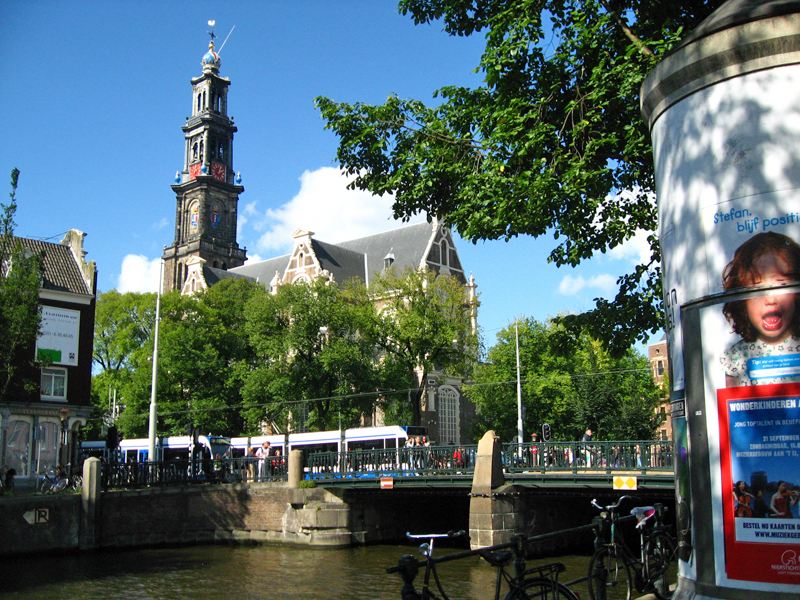
The Birth of a City Icon
A Church for the Wealthy
As Amsterdam expanded in the late sixteenth and early seventeenth centuries, there was a growing demand for both housing and churches. Westerkerk, built by Hendrick de Keyser, became the main church for wealthy Protestant Amsterdammers living on the Herengracht canal.
Hendrick de Keyser’s Architectural Vision
Hendrick de Keyser used the same design as for the Zuiderkerk, but on a larger scale. He never saw his finished work as he died in 1621 before the church was completed, after which Jacob van Kampen completed the job. Van Kampen designed the square spire that gives the tower its characteristic silhouette. Although the spire appears elegant, it is believed that De Keyser would not have approved it; he would most likely have opted for a seven- or octagonal spire.
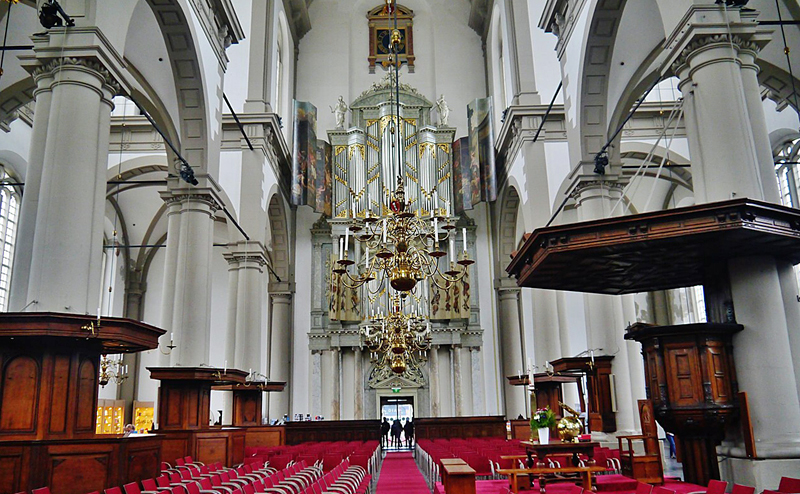
The Sounds of the Westerkerk
The Carillon as the Voice of the City
The carillon of the Westerkerk resounds over the Prinsengracht canal and slowly fades away. The chimes create a bridge between the present and the past. This musical interlude reminds us of what Anne Frank wrote in her diary on 11 July, 1942, when she and her family were in hiding for only three days.
Father, Mother, and Margot still can’t get used to the chiming of the Westertoren clock, which tells us the time every fifteen minutes. Not me, I liked it from the start. It sounds reassuring, especially at night
The Bells of Comfort
The Secret Annex, where the Frank family and four others were in hiding for almost two years, stood right behind the Westerkerk. The proximity of the church made the bells part of their daily rhythm, an echo of life outside their hiding place.
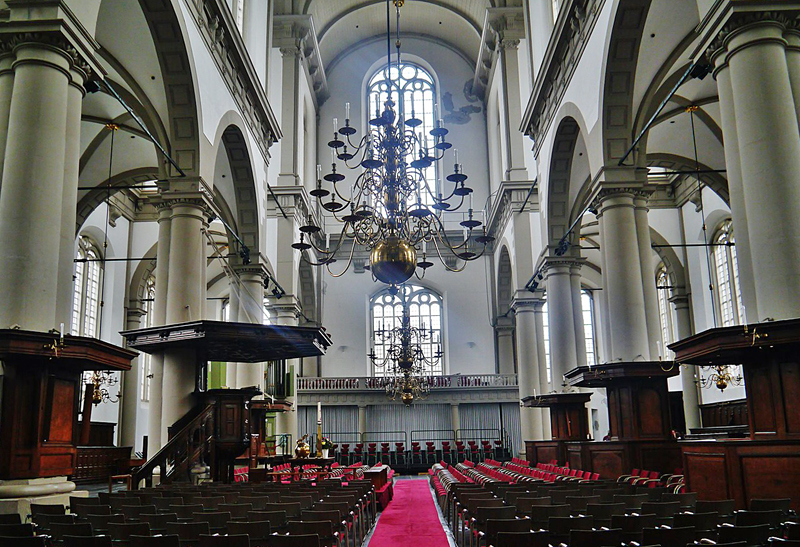
Symbols of Pride and Faith
The Imperial Crown on the Tower
The bright blue Imperial Crown on the tower is the eye-catcher of the church. When Maximilian I was crowned emperor in 1489, the city of Amsterdam was granted the right to use the crown and the St. Andrew’s Cross, the three XXXs, in its coat of arms. This privilege was a reward for the city’s support during the Hook and Cod Wars between 1350 and 1490. Today, XXX has become a trademark of Amsterdam’s tourist industry.
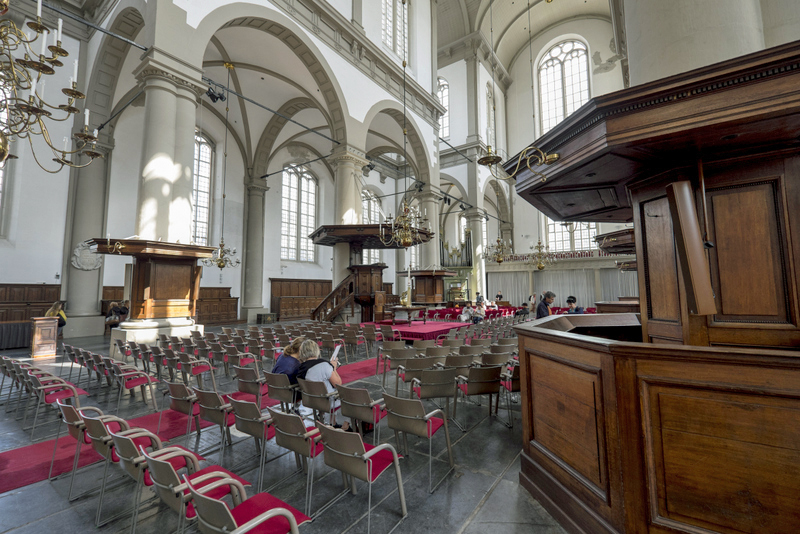
A Look inside Westerkerk
Simplicity and Light
Like most Protestant churches, Westerkerk is quite sober, no statues no ornaments. Light streams in through large windows without stained glass, as that would dim God’s light. The tall pillars and the wooden pulpit are eye-catchers. The vaults are also made of wood because stone would have been too heavy for the marshy Amsterdam soil.
The Organ and the Gravestones
The church organ draws the attention: the panels are decorated with biblical scenes. The church floor is a carpet of gravestones most of them only with a number. Some graves are adorned with carvings, but only rich people could afford this.
Rembrandt’s Lost Grave
The Dutch painter Rembrandt was buried in this church in a paupers’ grave. Although his death was recorded in the church register, the actual spot was not. It is not likely that his bones are still in the church because it was customary to clear paupers’ tombs after twenty years to make place for others. Rembrandt’s name lives on in the church registers and on a memorial in the north aisle.
Address: Westerkerk, Prinsengracht 282, Amsterdam
Open from 11:00 AM to 3:00 PM, on Sundays only for prayer services
